There are plenty of reasons to learn Korean; K-pop, bulgogi, Korean cinema, soju to name a few. And there are plenty of ways to learn.
Despite the fact that this list of Korean apps is quite long, it still doesn’t cover all the available options out there. Most learners will need to combine a number of resources together in order to learn Korean.
We’ve tried out a ton of these apps ourselves and we hope that this list helps you figure out which ones stand out to you and which ones aren’t worthwhile.
There are definitely some awesome resources that didn’t make this list simply because they don’t fall into the app category, and there are surely more apps that we haven’t included in this list, but here are our top choices.
Table of Contents
Table of Best Apps to Learn Korean
Links below will send you to the app websites, and the app details are down below.
OVERALL BEST
Best All-Around Course: 90 Day Korean
Best Course for Oral Communication: Pimsleur
Best Interactive Course to Get You Speaking Right Away: Teuida
Best Grammar-Focused Course: Talk To Me In Korean
Best TOPIK Test Prep App: TOPIK ONE
Best for Podcast-Style Lessons: KoreanClass101
Best for Interesting Content at Various Levels: LingQ
Best for Side-by-Side Reading and Listening: Beelinguapp
Best for Watching K-Dramas: Viki
Best for Improving Pronunciation: Speechling
Best for Simulated Speaking Practice: Teuida
Best for Learning to Write Hangul: Write it! Korean
Best for Getting Feedback on Writing: italki
Best Chatbot: Eggbun
Best Q&A App: HiNative
VOCABULARY ACQUISITION
Best for Learning Vocabulary Easily: Memrise
Best Customizable Tool for Studying Vocabulary: Anki
Best for Learning Vocabulary from Context: Clozemaster
Best Dictionary Apps: Naver Korean Dictionary and Naver Papago
Best for Finding a Tutor: italki and Preply
Best Language Exchange Apps: Tandem and HelloTalk
Overall Best Korean Learning Apps
The apps included in this category take a more comprehensive approach when teaching a language. They touch on a variety of skills instead of focusing on one aspect of language learning and often have their own curriculum. They’re good for learners interested in getting as much speaking, listening, writing, and reading practice all in one place.
Best All-Around Course
90 Day Korean

Don’t let the name fool you, this course isn’t claiming to get you fluent in just three months. There are actually four 90-day modules, making it a year-long course split into more manageable sizes.
This course is really well done. It excels at providing detailed explanations and instructions that almost guarantee you’ll understand each language point as it’s presented. The material also builds on itself exceptionally well, making the learning process feel natural.
For a slightly higher price, there’s the option to get unlimited access to your own personal Korean coach to make the experience even more comprehensive.
See our Super-Detailed 90 Day Korean Review
Best Course for Oral Communication
Pimsleur Korean
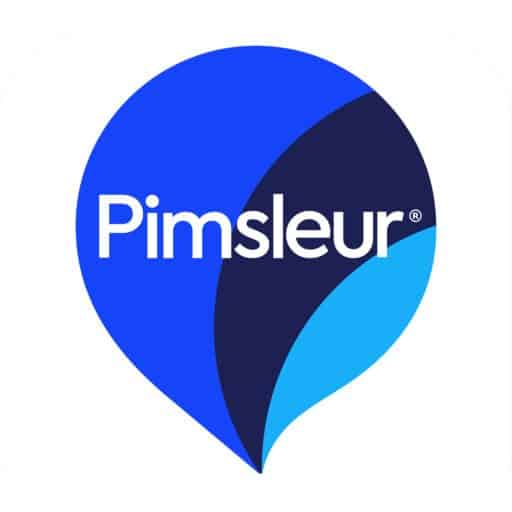
Pimsleur is one of the most popular and longest-standing resources out there for learning a foreign language. Its courses place a strong emphasis on aural and verbal communication skills, which is ideal for Korean learners who want to start speaking quickly.
See our Super-Detailed Pimsleur Korean Review
Best Interactive Course to Get You Speaking Right Away
Teuida App

Best thing about Teuida app is it makes you speak Korean right away. It takes a unique approach to language teaching by simulating conversations, including some featuring K-Pop star Nancy from Momoland. Users of the app have the opportunity to get lots of speaking practice and feedback on pronunciation through voice recognition technology.
In our opinion, Teuida is 100 times more interactive than Duolingo or Lingodeer, and its interface is just…so…cool. You should try it.
See our Super-Detailed Teuida App Review
Best Grammar-Focused Course
Talk To Me In Korean
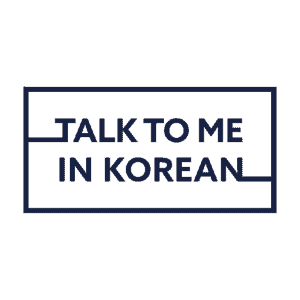
This resource uses high-quality audio, video, and text to provide a wealth of material for learners of all levels. A lot of the content, including the entire grammar course, is available for free, giving it a wide appeal.
Talk To Me In Korean (TTMIK) is refreshing in that many of its courses are taught in a creative fashion that makes the learning experience interesting. The focus with this resource is certainly on instruction, however, which means you may have to look to additional resources to get enough practice.
There is an unofficial app for Android that was developed by a user and is recommended by TTMIK. The iOS app is available here.
See our Super-Detailed Talk To Me In Korean Review
Best TOPIK Test Prep App
TOPIK ONE

This app gives users the incredible flexibility of being able to prepare for the TOPIK exam right from a mobile phone. The app simulates the actual TOPIK exam and even has material from previous exams. There are at least 100 questions at the beginner, intermediate, and advanced levels, and you’ll be able to get feedback on your performance.
There’s also a built-in English/Korean dictionary and access to audio files. This app is available for both Android and iOS.
Apps to Learn Korean Reading and Listening
Being able to take in information presented in Korean, either by listening to Korean speech or reading Korean text, should be considered a great achievement in Korean language learning. We’ve listed a few apps that are best suited to help you practice these skills.
Best for Podcast-Style Lessons
KoreanClass101
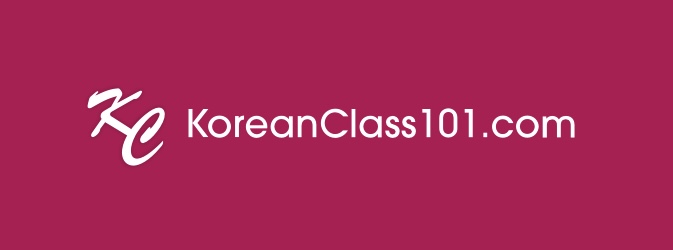
KoreanClass101 is full of content. There are thousands of audio lessons detailing grammar points, conversation tips, and interesting cultural information. It’s one of the better places to find listening material at the beginner and intermediate level, but there’s limited content available for learners at the advanced level.
While the listening practice opportunities are great, the overall structure and progressions of the lessons don’t provide a comprehensive educational experience. You’d probably have to use this app alongside other resources for well-rounded study.
Save 25% on a subscription to KoreanClass101 with the coupon code ‘ALLLANGUAGERESOURCES’.
See our Super-Detailed KoreanClass101 Review
Best for Interesting Content at Various Levels
LingQ
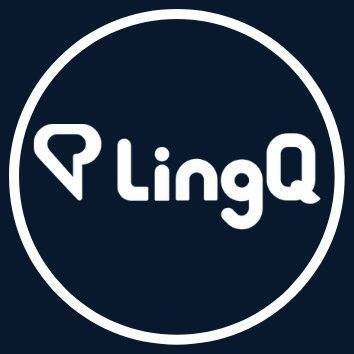
Reading in a new language is often both rewarding and difficult. LingQ attempts to make the endeavor easier by allowing you to quickly and easily look up unknown words as you read.
As you read, the app keeps track of the words you don’t have to look up and marks them as “known.” The idea here is that by creating a library of the words you know and the words you don’t, you’ll be able to focus your study time on reviewing only words you don’t know. This is a cool idea, and it really is easy to look up unknown words quickly, but the review option isn’t amazing.
Another cool feature with LingQ is that you can upload your own reading material, ensuring that you’re interested in the content. In fact, most of the content on LingQ has been pulled from other sources.
A similar app is Readlang, a browser extension that works very similarly and is available for free.
See our Super-Detailed LingQ Review
Best for Side-by-Side Reading and Listening
Beelinguapp
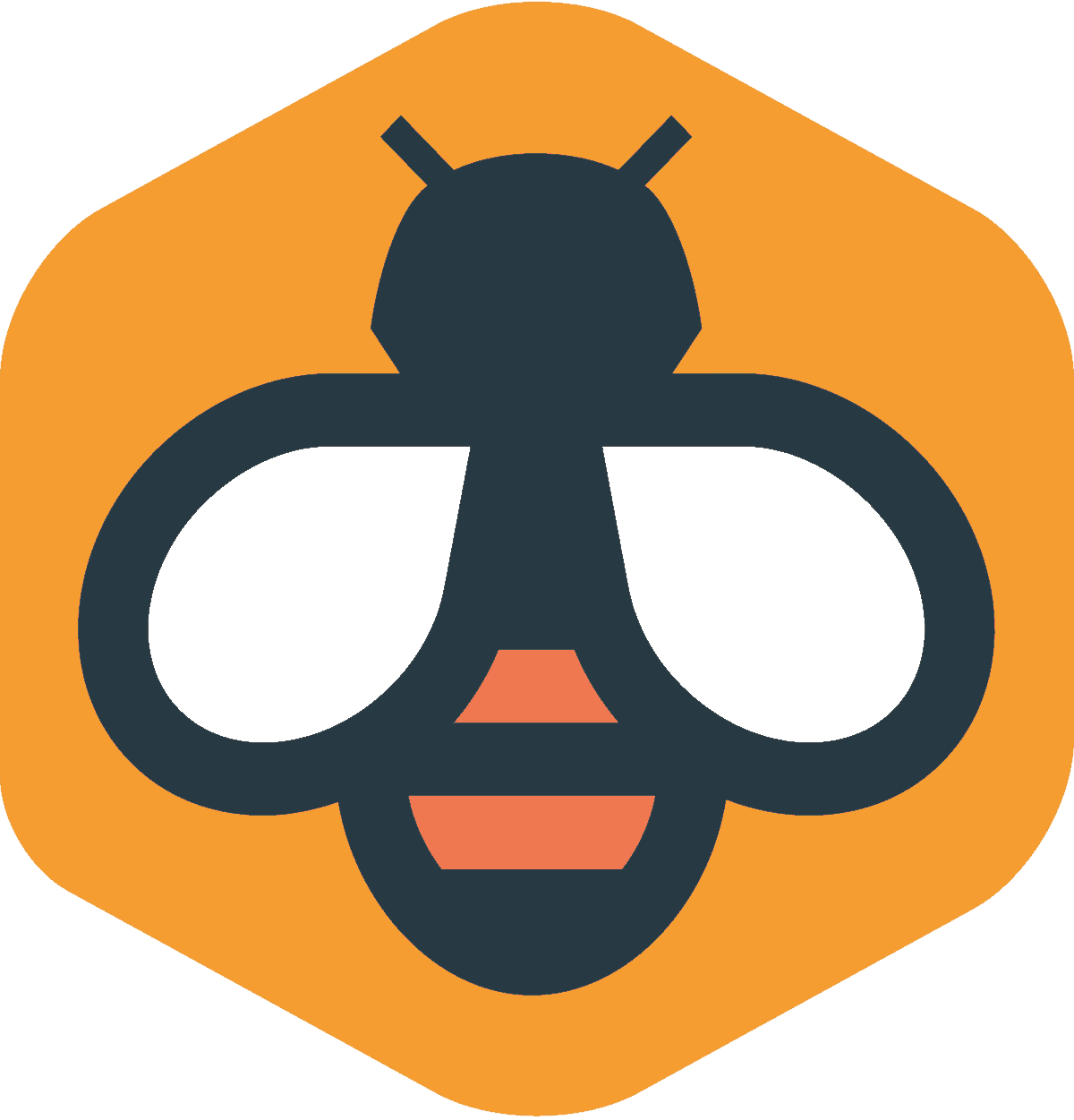
Another reading tool, Beelinguapp can help you interact with Korean text by showing a translated version of the material alongside the Korean. Translations can be done in many different languages. You can listen to the audio of the text as you follow along — the text is highlighted as it is spoken. There’s also the option to toggle the translated version of the text on and off so you won’t end up relying on it too heavily.
New material is added regularly, covering everything from news articles and topical pieces to children’s stories. There’s a lot of content available for free and a paid subscription for premium content.
Best for Watching K-Dramas
Viki
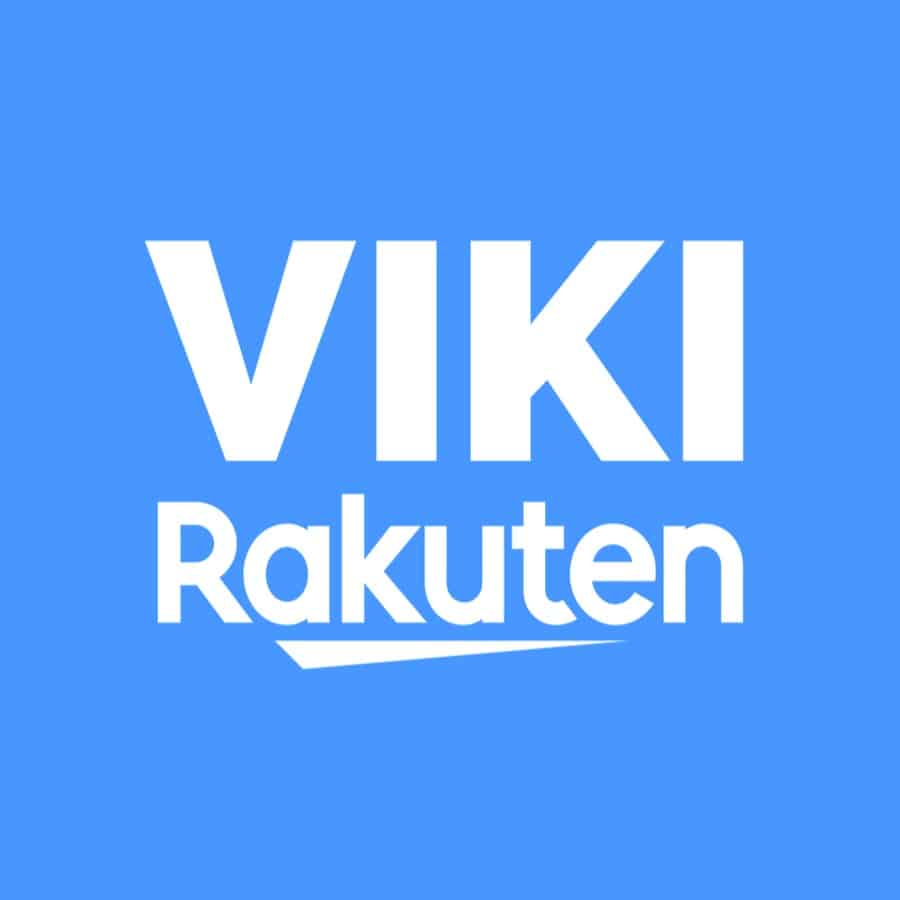
Korea’s got its own unique culture and arts scene that is beloved by many. Diving into the world of K-Dramas and K-Pop can be a stimulating way to help you along in your Korean-learning journey. The Viki app offers access to a ton of Chinese and Korean media. Watch for free with ads, or pay for ad-free HD viewing.
There’s also a Learn Mode in the Viki app, specifically targeted at helping language learners. It works much like the Language Learning with Netflix Chrome extension, displaying bilingual interactive subtitles. You can even click on the subtitles to get definitions, synonyms, and pronunciation. This is a really cool opportunity for Korean learners to get exposure to Korean culture.
Apps for Korean Speaking and Writing
In order to express yourself effectively in Korean, whether through speaking or writing, you need to understand the basics of Korean alphabets, word structure, sentence structure as well as pronunciation. Take a look at the apps below and see which one works best for you.
Best for Improving Pronunciation
Speechling
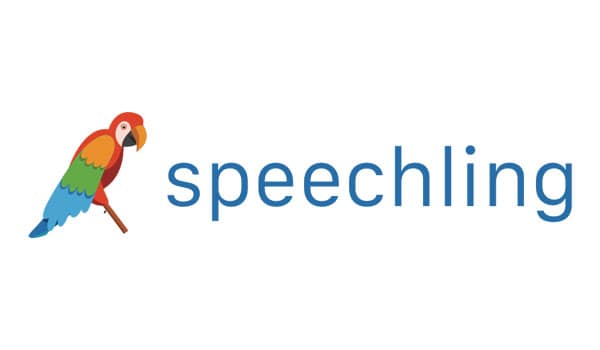
This is one of the better options out there for learning to sound natural when speaking Korean. Language apps are notorious for providing minimal or low-quality pronunciation practice, but it’s where Speechling excels.
One of the best ways to learn pronunciation is through mimicking a native speaker, and this is the approach Speechling takes. You can actually submit a recording of yourself speaking Korean and have it evaluated by a teacher. Getting humans involved is a great way to get quality pronunciation feedback. A free account allows you to submit a limited number of recordings per month, a premium account grants an unlimited number of submissions.
Save 10% on a subscription to Speechling with the coupon code ‘ALR123’.
See our Super-Detailed Speechling Review
Best for Simulated Speaking Practice
Teuida App

This app takes a unique approach to teaching Korean speaking skills. You’ll first learn essential speaking phrases through video lessons taught by Korean teachers. The emphasis in these videos is on learning how to produce the spoken phrase rather than writing or grammar, but there are some basic grammar explanations.
Practicing these phrases happens through voice-recognition technology, so you’ll get to practice speaking. The exciting part happens upon completion of a unit, where you’ll get to practice your conversational skills in a POV-style virtual conversation.
Use the coupon code ‘ALR003’ to get the 3-month plan for $18.99.
See our Super-Detailed Teuida App Review
Best for Learning to Write Hangul
Write it! Korean
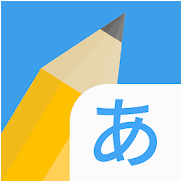
Learning to read and write Hangul is a central component of learning Korean, and it’s what this app focuses on. Practice through bite-sized lessons on your phone whenever it’s convenient and take customizable tests to commit what you’ve learned to memory. There are also challenges and stars to keep things interesting.
You’ll start out learning to write the characters with an on-screen guide until you’re able to create the character on your own. As far as convenience goes, it’s hard to beat this method of learning Hangul. The app has over one million downloads.
Best for Getting Feedback on Writing
italki

As with pronunciation, many language apps struggle to give good feedback when it comes to writing. Computers just aren’t able to give nuanced, detailed writing feedback (yet), especially for non-native writers. Humans are still the most reliable source when it comes to writing help, and italki brings learners together to make this happen.
While it’s probably better known for being an online tutor platform, italki also has some pretty stellar community features available for free on the app. The exercise section is where users can get feedback on writing from other users or correct the writing of others. A major strength of italki is how large the community is, making it easy to get corrections in very little time. Right now get a $10 credit with your first purchase.
See our Super-Detailed italki Review
Best Chatbot
Eggbun

This quirky app delivers language instruction via chatbot. Lanny is the name of your virtual instructor, who is supposed to bring users from a beginner to conversational level mostly via chat interaction. The app follows a set curriculum and teaches vocabulary, phrases, and grammar. There are quizzes to test your ability, audio recordings for practicing pronunciation, and interesting notes on Korean culture.
This might not be quite the same as interacting with a real human, but it might be the next best thing. The convenient mobile interface will especially appeal to some learners.
Best Q&A App
HiNative
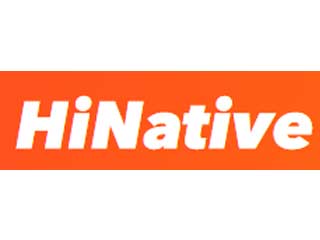
HiNative takes advantage of the world wide web to connect language learners with native speakers, and the result is super useful. The app makes it easy to post a question about Korean that will be exposed to plenty of users that are proficient in the language. It’s especially useful for tricky questions that aren’t easily answered by a textbook, dictionary, or Google search.
You can ask for specific translations, ask about the difference between two words, and even find out if you’re saying something correctly. It isn’t meant to be a comprehensive language-learning resource, but it’s a great tool to keep handy. There’s a paid membership that offers some extra features, but the basic features in HiNative are free.
See our Super-Detailed HiNative Review
Learn Korean Vocabulary with Apps
To help you practice your Korean vocabulary effectively, the apps below use flashcards as well as Spaced Repetition Software (SRS) to help you memorize and retain new vocabulary.
Best for Learning Vocabulary Easily
Memrise
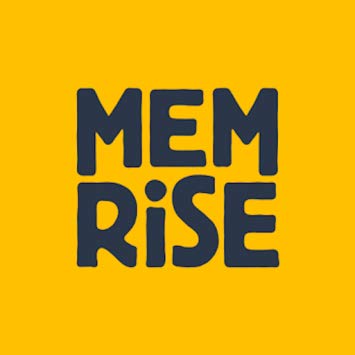
Another incredibly popular app, Memrise can be a great tool for learning vocabulary. It works much like a gamified flashcard app but is more engaging than similar options. It also boasts loads of free content, much of it created by other users. There are official Memrise courses for Korean that include videos and high-quality audio. The app uses spaced repetition to make your study time more effective.
While Memrise is pretty great for vocabulary acquisition, you’ll need to utilize other resources in order to get a complete education.
See our Super-Detailed Memrise Review
Best Customizable Tool for Studying Vocabulary
Anki

When it comes to customization, Anki is hard to beat. On its own, it’s a pretty barebones resource, but it is as powerful as it is lightweight. It gives users the ability to create their own study materials exactly how they’d like them. This means it’s easy to create custom decks of study materials using any images and audio you like.
There’s a little bit of a learning curve, but it can make a super-effective learning tool. The app uses spaced repetition and there are quite a few user-created decks available in Korean for download, meaning you might not even need to make your own if you don’t want to.
Best for Learning Vocabulary From Context
Clozemaster

This app is particularly well suited to anyone with an affinity for retro-style games. Clozemaster uses points, leaderboards, and levels to make learning vocabulary more of an engaging experience.
The way it teaches vocabulary is interesting, too. Instead of just testing your ability to perform direct word-to-word translations, you’re shown new words in the context of a sentence. This is supposed to get the learner accustomed to seeing the word as it’s naturally used. It also means the app favors a sort of immersion style of teaching vocabulary.
This app isn’t ideal for absolute beginners or anyone interested in learning grammar or speaking skills, but it offers a lot for free.
See our Super-Detailed Clozemaster Review
Best Dictionary Apps
Naver Korean Dictionary

Naver is the leading search engine in Korea, and it’s got its own language tools. The Naver Korean Dictionary app is a powerful tool for any Korean learner. It provides related forms of words along with grammar tips and pronunciation examples recorded by voice actors. It also uses examples from pop-culture to keep things relevant and interesting.
Naver Papago

Naver Papago is a translation app that offers nifty features like image translation, audio translation, conversation translation, and website translation. It supports translations between Korean and 13 other languages.
Tutors and Korean Language Exchange Apps
The apps in this category offer more authentic and immersive ways to learn Korean. Find a one-on-one tutor or a language exchange partner to help with your progress.
Best for Finding a Tutor
italki

There are quite a few online tutor directories out there, and italki is among the best. This is in part because of the large number of tutors on the site and that they’re more fairly compensated than on other platforms. The high number of tutors means that it’s easy to find someone that fits your budget, schedule, and teaching preference.
For Korean, there are well over 100 tutors available, with prices ranging from $4 to $80 per hour, with most tutors charging between $8 and $20 per hour. The variety in teaching styles and levels of experience is great, meaning you’ll surely be able to find someone that suits your needs. Right now get a $10 credit with your first purchase.
See our Super-Detailed italki Review
Preply
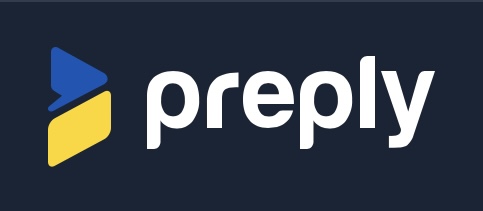
Another online tutor directory with a massive number of teachers and cheap prices, Preply doesn’t pay its teachers for trial lessons and takes an unusually high commission.
Exclusive 50% discount for ALR readers! Make sure to use our link to receive it.
See our Super-Detailed Preply Review
Best Language Exchange Apps
Tandem
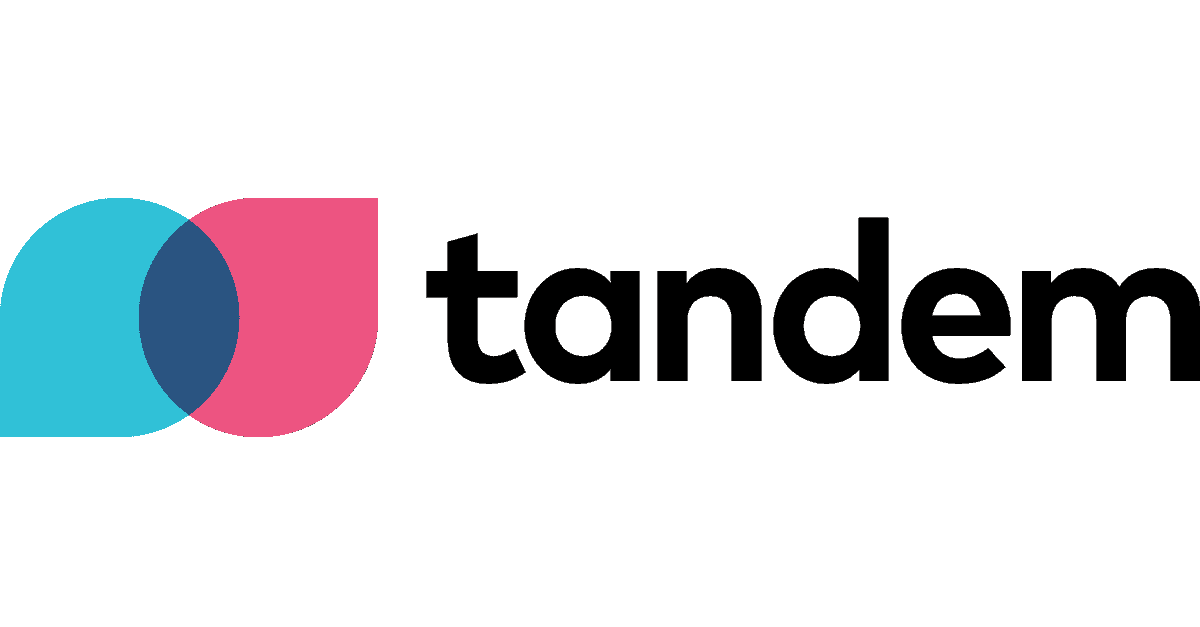
Tandem is a great app for language exchange. This app makes it incredibly easy to find one or more language exchange partners. This is especially true if you’re fluent in English, as it’s one of the most popular languages to learn on the app. There are plenty of native Korean speakers on the app looking to speak with a native English speaker.
The app has built-in language tools to help facilitate communication between two people that don’t natively speak the same language. These include in-app translations, a correction feature, and the ability to use text-to-speech technology, though you’ll have to pay for unlimited translations. It also has some social features to make it easier to find language partners you have something in common with.
See our Super-Detailed Tandem Review
HelloTalk
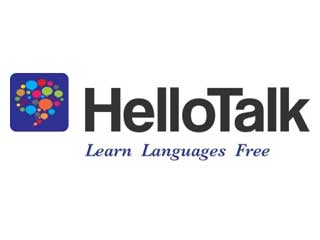
HelloTalk is a popular app that makes it incredibly easy to find a language learning partner just like Tandem.
English speakers will find it especially easy to find language partners, as most native Koreans in the app are looking to speak with native English speakers.
The app comes with some really cool built-in language tools that make it easier to communicate for both parties. Easily translate words, give and receive corrections, make voice or video calls, and more. The free version is all most people will need, although it limits the number of translations you can use in a day.
Compared to Tandem which has a slicker aesthetic, HelloTalk is a bit more “fun” feeling, but both apps work really well.
See our Super-Detailed HelloTalk Review
Maybe Try These Korean Learning Apps
Here are some more popular apps that didn’t make our favorites but are frequently recommended and could be the right choice for some learners.
Duolingo
It’s free, fun to use, and insanely popular, but most learners would agree that the Korean course on Duolingo isn’t that great.
See our Super-Detailed Duolingo Review
Mango Languages
This one is easy to use and has some cool features and a slick design. It’s got a pretty solid course for beginners, but not for higher levels.
See our Super-Detailed Mango Languages Review
Michel Thomas Method
This is one of the more popular resources out there, but also one that isn’t likely worth your time. The value is low for the money and you’ll probably only learn basic conversation skills.
See our Super-Detailed Michel Thomas Method Review
Mondly
Mondly is similar to Duolingo and Lingodeer, in function, but doesn’t perform quite as well in pretty much any area.
Spring Sale! Get 96% off Lifetime Access to Mondly Premium, plus bonus access to Mondly AR & Mondly Kids! See details on the website. Offer ends on 4/30/24.
See our Super-Detailed Mondly Review
Rocket Korean
The Rocket Languages series is a popular one that usually offers decent grammar explanations and audio lessons. The Korean course fails to give good instruction on Hangul, which is disappointing.
See our Super-Detailed Rocket Korean Review
Rosetta Stone
Rosetta Stone is one of the most well-known resources for learning languages. It takes an immersive approach to teaching and is widely used by corporations and individuals alike. High levels of repetition and an absence of translations or explanations are hallmarks of the course. A Rosetta Stone course could be most suitable for learners that don’t mind repetitive exercises and prefer to learn from pictures and context rather than translations and explanations. It’s probably not a good option for anyone wanting to significantly improve their speaking or writing skills, or those looking for an engaging course.
ALR Readers Exclusive Holiday Deal!! Get the Lifetime Subscription for 25 languages for $179 (everywhere else it’s $199 right now!). See details on the website.
See our Super-Detailed Rosetta Stone Review
Transparent Language
Offering courses in an impressive number of languages, Transparent Languages doesn’t do much more than help you memorize words and phrases.
See our Super-Detailed Transparent Language Review
Best Free(mium) Apps for Learning Korean
If you’re looking for some budget friendly apps to help you learn Korean, we have a couple of free and freemium options for you to try out.
Coursera

These courses are free and allow the learner to progress at their own pace, but are more formal than other methods. Learners can also pay to receive a certificate upon completion.
edX
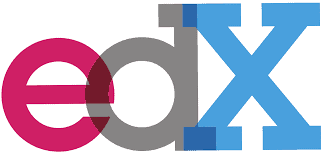
edX is an online learning platform that offers free university courses. A certificate is usually available upon completion for a fee. The platform offers the structure and quality you can expect from a university course while allowing learners to progress at their own pace.
So, What is the Best App for YOU to Learn Korean?
Everyone has their own preferences when it comes to learning a language, and what works well for some doesn’t work for others. That’s one reason why this list is as long as it is. That, and that there are so many different aspects of language learning.
Obviously, apps aren’t the only way to study Korean, but this list should at least be able to steer you in the right direction.
Are you curious about what other Korean learning resources are available? We’ve written about the best online courses for learning Korean and the best podcasts. And, if you’re looking for great tips on how to learn Korean best, read our “Best Way to Learn Korean” post.


Hadn’t heard of that one before but it looks really cool. Thanks for sharing!
Nice post! You’re missing TEUIDA!!!
It’s imo the BEST app for practicing speaking!